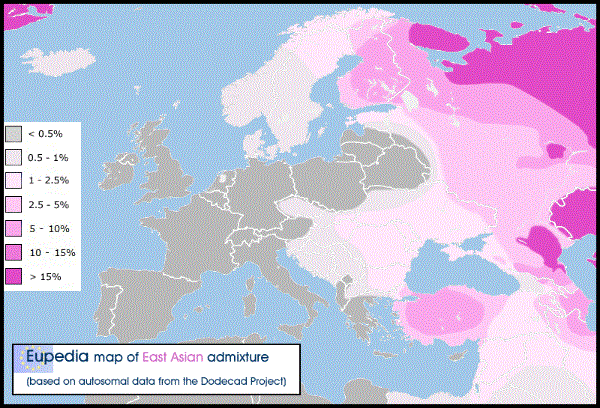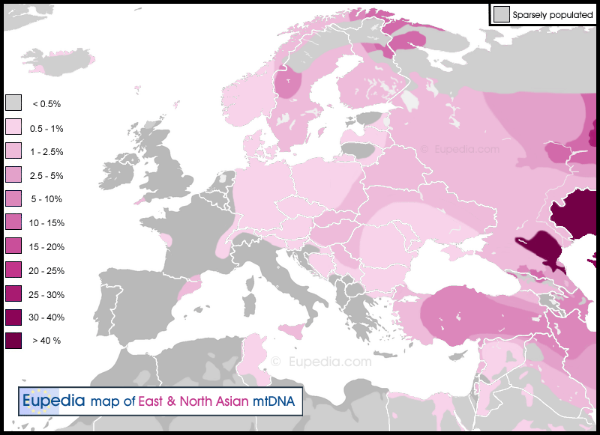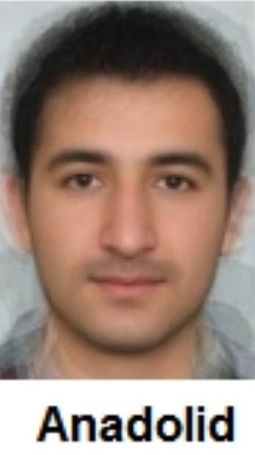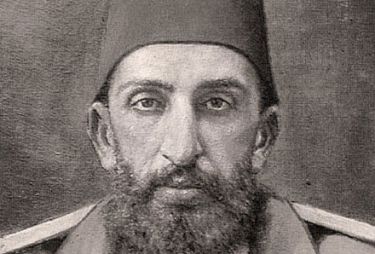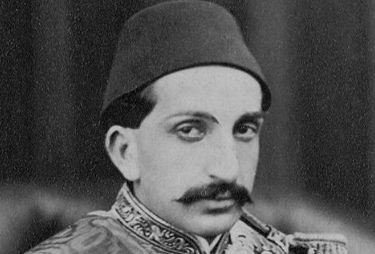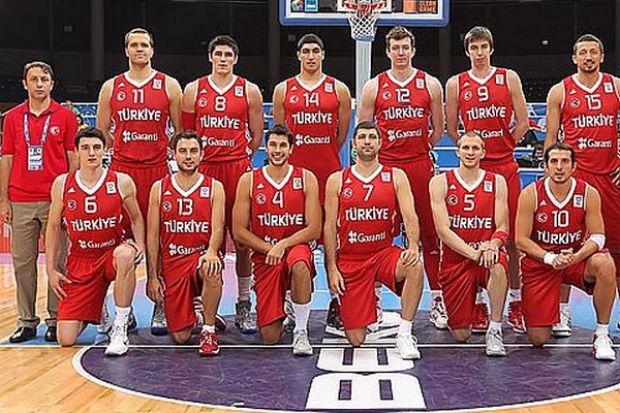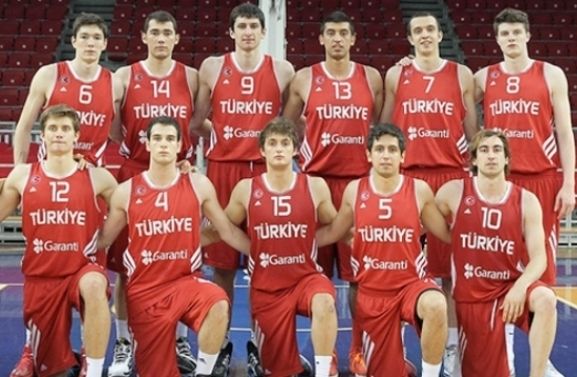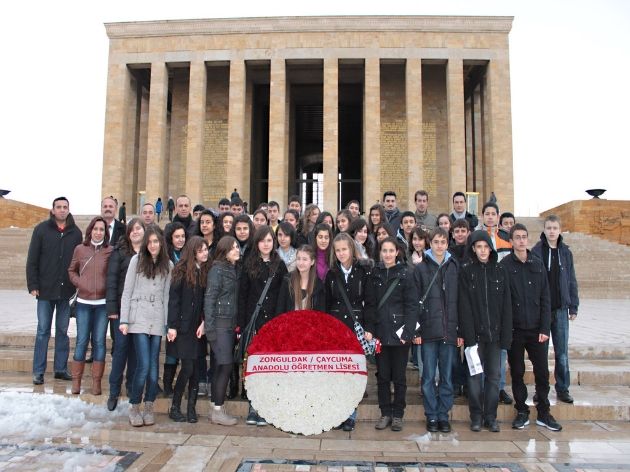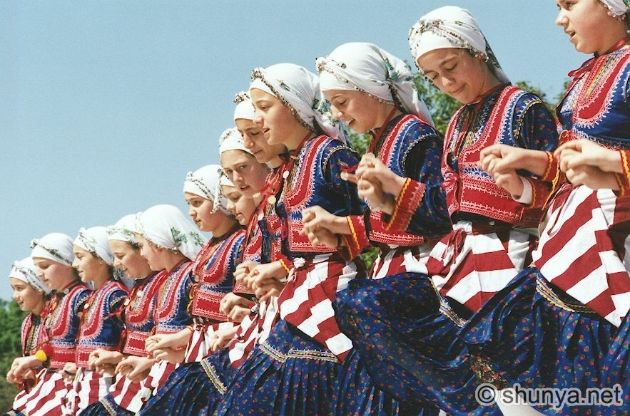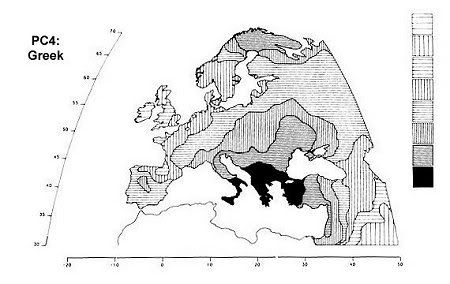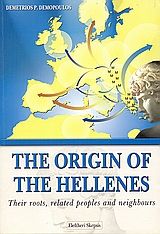Post by Admin on Nov 26, 2022 21:46:25 GMT
Ancient DNA Study Suggests
Researchers have obtained and analyzed genome sequences from the ancient Minoans and Mycenaeans, who lived 3,000 to 5,000 years ago and were Europe’s first civilized people. The analysis suggests that Minoans and Mycenaeans were genetically similar, having at least three-quarters of their ancestry from the first Neolithic farmers; they likely migrated from Anatolia to Greece and Crete thousands of years prior to the Bronze Age.

The discovery of the Minoan and Mycenaean civilizations on the island of Crete and on mainland Greece in the late 1800s gave birth to modern archaeology and opened a direct window into the European Bronze Age.
The Minoans, based on the island of Crete from roughly 3100 to 1050 BC, were a maritime people with sophisticated palaces, one of which was so large and complex that it may have been the historical basis of the myth of the Labyrinth, home of the beast called the Minotaur.
The Minoan civilization was astonishingly advanced artistically and technologically. The Minoans were also the first literate people of Europe.
The Mycenaeans of mainland Greece, 1700 to 1100 BC, who eventually conquered the Minoans, were skilled engineers and fierce warriors. They used the Linear B script, an early form of Greek.
Their culture is named for Mycenae, a site with a fortified palace that was the seat of the celebrated King Agamemnon, who led the Greeks in the Trojan War.
The origins of the Minoan and Mycenaean peoples, however, have puzzled scientists for over a century.
An analysis of well-preserved Minoan and Mycenaean DNA now provides many answers and insights.
An international team of researchers generated genome-wide data from 19 ancient individuals.
The ancient DNA included 10 Minoans, four Mycenaeans, three individuals from southwest Anatolia (Turkey), an individual from Crete that dates from after the arrival of the Mycenaeans on the island, and one Neolithic sample (5,400 BC) from the mainland that predated the emergence of the Greek civilizations.
The scientists then compared the new DNA samples with previously reported data from 332 other ancient individuals, 2,614 present-day humans (including 28 modern Greek, from Greece and Cyprus), and two present-day Cretans.
The study results show that Minoans and Mycenaeans were genetically highly similar — but not identical — and that modern Greeks descend from these populations.
The Minoans and Mycenaeans descended mainly from early Neolithic farmers, likely migrating thousands of years prior to the Bronze Age from Anatolia, in what is today modern Turkey.
“Minoans, Mycenaeans, and modern Greeks also had some ancestry related to the ancient people of the Caucasus, Armenia, and Iran,” said co-lead author Dr. Iosif Lazaridis, a postdoctoral researcher at Harvard Medical School.
“This finding suggests that some migration occurred in the Aegean and southwestern Anatolia from further east after the time of the earliest farmers.”
While both Minoans and Mycenaeans had both ‘first farmer’ and ‘eastern’ genetic origins, Mycenaeans traced an additional minor component of their ancestry to ancient inhabitants of Eastern Europe and northern Eurasia.
This type of so-called Ancient North Eurasian ancestry is one of the three ancestral populations of present-day Europeans, and is also found in modern Greeks.
Importantly, the findings disprove the widely held theory that the Mycenaeans were a foreign population in the Aegean and were not related to the Minoans.
The results also dispel the theory that modern Greeks did not descend from the Mycenaeans and later ancient Greek populations.
In broad strokes, the study shows that there was genetic continuity in the Aegean from the time of the first farmers to present-day Greece, but not in isolation.
The peoples of the Greek mainland had some admixture with Ancient North Eurasians and peoples of the Eastern European steppe both before and after the time of the Minoans and Mycenaeans, which may provide the missing link between Greek speakers and their linguistic relatives elsewhere in Europe and Asia.
“It is remarkable how persistent the ancestry of the first European farmers is in Greece and other parts of southern Europe, but this does not mean that the populations there were completely isolated,” Dr. Lazaridis said.
“There were at least two additional migrations in the Aegean before the time of the Minoans and Mycenaeans and some additional admixture later. The Greeks have always been a ‘work in progress’ in which layers of migration through the ages added to, but did not erase the genetic heritage of the Bronze Age populations.”
“While the research sheds light on the origins of these ancient Greek civilizations, questions remain,” said co-lead author Professor David Reich, also from Harvard Medical School.
“For example, it’s still unknown when the common ‘eastern’ ancestors of both Minoans and Mycenaeans arrived in the Aegean.”
“And details regarding the ‘northern’ ancestry found only in the Mycenaeans remain to be worked out, like whether that contribution came in a single rapid migration, or sporadic waves over a long period.”
The research is published in the journal Nature.
www.sci.news/genetics/minoans-mycenaeans-anatolian-migrants-05100.html
Researchers have obtained and analyzed genome sequences from the ancient Minoans and Mycenaeans, who lived 3,000 to 5,000 years ago and were Europe’s first civilized people. The analysis suggests that Minoans and Mycenaeans were genetically similar, having at least three-quarters of their ancestry from the first Neolithic farmers; they likely migrated from Anatolia to Greece and Crete thousands of years prior to the Bronze Age.

The discovery of the Minoan and Mycenaean civilizations on the island of Crete and on mainland Greece in the late 1800s gave birth to modern archaeology and opened a direct window into the European Bronze Age.
The Minoans, based on the island of Crete from roughly 3100 to 1050 BC, were a maritime people with sophisticated palaces, one of which was so large and complex that it may have been the historical basis of the myth of the Labyrinth, home of the beast called the Minotaur.
The Minoan civilization was astonishingly advanced artistically and technologically. The Minoans were also the first literate people of Europe.
The Mycenaeans of mainland Greece, 1700 to 1100 BC, who eventually conquered the Minoans, were skilled engineers and fierce warriors. They used the Linear B script, an early form of Greek.
Their culture is named for Mycenae, a site with a fortified palace that was the seat of the celebrated King Agamemnon, who led the Greeks in the Trojan War.
The origins of the Minoan and Mycenaean peoples, however, have puzzled scientists for over a century.
An analysis of well-preserved Minoan and Mycenaean DNA now provides many answers and insights.
An international team of researchers generated genome-wide data from 19 ancient individuals.
The ancient DNA included 10 Minoans, four Mycenaeans, three individuals from southwest Anatolia (Turkey), an individual from Crete that dates from after the arrival of the Mycenaeans on the island, and one Neolithic sample (5,400 BC) from the mainland that predated the emergence of the Greek civilizations.
The scientists then compared the new DNA samples with previously reported data from 332 other ancient individuals, 2,614 present-day humans (including 28 modern Greek, from Greece and Cyprus), and two present-day Cretans.
The study results show that Minoans and Mycenaeans were genetically highly similar — but not identical — and that modern Greeks descend from these populations.
The Minoans and Mycenaeans descended mainly from early Neolithic farmers, likely migrating thousands of years prior to the Bronze Age from Anatolia, in what is today modern Turkey.
“Minoans, Mycenaeans, and modern Greeks also had some ancestry related to the ancient people of the Caucasus, Armenia, and Iran,” said co-lead author Dr. Iosif Lazaridis, a postdoctoral researcher at Harvard Medical School.
“This finding suggests that some migration occurred in the Aegean and southwestern Anatolia from further east after the time of the earliest farmers.”
While both Minoans and Mycenaeans had both ‘first farmer’ and ‘eastern’ genetic origins, Mycenaeans traced an additional minor component of their ancestry to ancient inhabitants of Eastern Europe and northern Eurasia.
This type of so-called Ancient North Eurasian ancestry is one of the three ancestral populations of present-day Europeans, and is also found in modern Greeks.
Importantly, the findings disprove the widely held theory that the Mycenaeans were a foreign population in the Aegean and were not related to the Minoans.
The results also dispel the theory that modern Greeks did not descend from the Mycenaeans and later ancient Greek populations.
In broad strokes, the study shows that there was genetic continuity in the Aegean from the time of the first farmers to present-day Greece, but not in isolation.
The peoples of the Greek mainland had some admixture with Ancient North Eurasians and peoples of the Eastern European steppe both before and after the time of the Minoans and Mycenaeans, which may provide the missing link between Greek speakers and their linguistic relatives elsewhere in Europe and Asia.
“It is remarkable how persistent the ancestry of the first European farmers is in Greece and other parts of southern Europe, but this does not mean that the populations there were completely isolated,” Dr. Lazaridis said.
“There were at least two additional migrations in the Aegean before the time of the Minoans and Mycenaeans and some additional admixture later. The Greeks have always been a ‘work in progress’ in which layers of migration through the ages added to, but did not erase the genetic heritage of the Bronze Age populations.”
“While the research sheds light on the origins of these ancient Greek civilizations, questions remain,” said co-lead author Professor David Reich, also from Harvard Medical School.
“For example, it’s still unknown when the common ‘eastern’ ancestors of both Minoans and Mycenaeans arrived in the Aegean.”
“And details regarding the ‘northern’ ancestry found only in the Mycenaeans remain to be worked out, like whether that contribution came in a single rapid migration, or sporadic waves over a long period.”
The research is published in the journal Nature.
www.sci.news/genetics/minoans-mycenaeans-anatolian-migrants-05100.html




